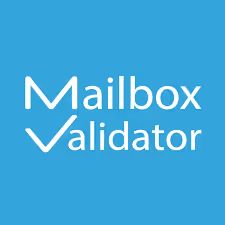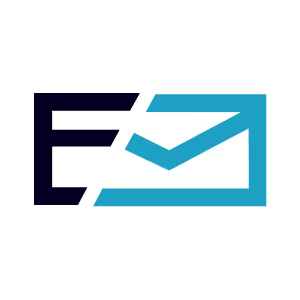Data validation and verification tools check whether your data is correct before you use it. Companies upload email lists or connect these tools to signup forms to catch fake addresses, typos, and dead accounts. The difference between validation and verification is simple: validation checks if an email looks right (has an @ symbol), while verification confirms it actually works (can receive messages).
These tools run email addresses through several checks. First they look at the format, then verify the domain exists and accepts mail. The main step involves connecting to the recipient's mail server to confirm the mailbox is real without sending an actual email. Some email verification services go further by flagging temporary email addresses, role accounts like [email protected], and domains that accept everything but don't deliver messages.
Data validation tools work differently than broader data quality tools. Most data cleansing software focuses on cleaning up databases you already have, finding duplicates and fixing old records. Validation tools work at the point of entry, checking individual records in real time through an address validation API or processing bulk lists before you use them. You can run them as standalone cleaners or build them into web forms for instant checks.
Businesses use real-time data validation in several ways. Marketing teams clean email lists before campaigns to avoid bounces and protect their sender reputation. Sales teams verify contacts before outreach to avoid wasting time on dead ends. E-commerce sites use them to make sure order confirmations actually reach customers. The tools are becoming standard practice for companies that depend on accurate contact data, though most people still discover them only after dealing with delivery problems.



























